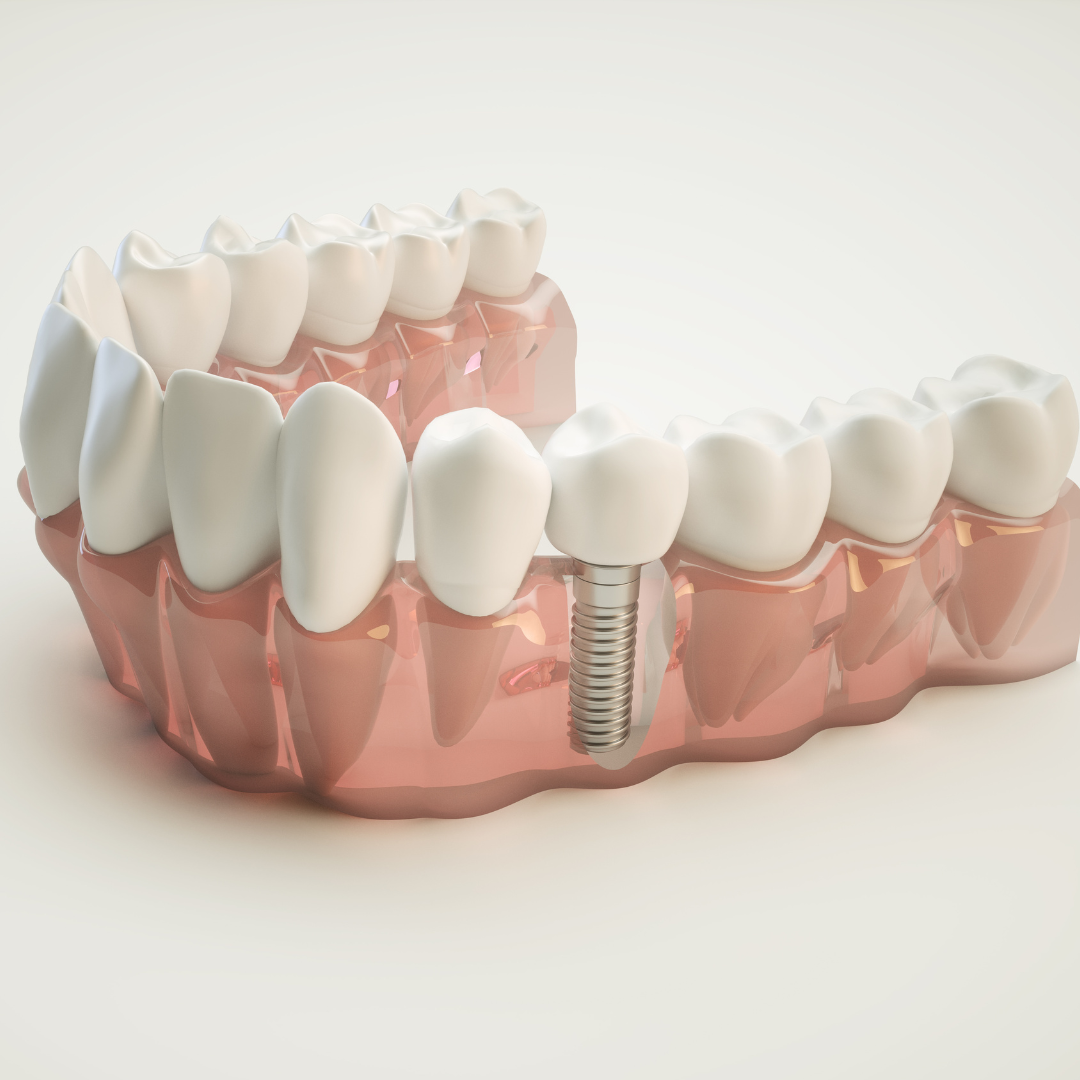
10 Feb Your guide to dental implant maintenance & care
Written by Emily Smith — Oral Health Therapist.
Congratulations on your new dental implant! Dentistry has come such a long way in the last 50 years and we are so pleased we can offer you this option for tooth replacement. Gone are the days of having teeth removed and getting dentures as the only option to replace the missing teeth.
With this wonderful advance in technology, however, it’s important to be mindful that an implant isn’t a “set and forget” solution. Implants require ongoing, lifelong maintenance and care.
Implants are just as susceptible to gum disease, if not more so, than a natural tooth, which is why it is important to keep them clean and have regular checks with your dentist, oral health therapist or hygienist. We can screen for any warning signs of gum disease around the implant and the remainder of your teeth.
Learn more about dental implant maintenance below, or contact us for more information on (02) 4961 6300 today.
Dental implants and screening for gum disease
Gum disease (periodontitis) is generally a painless condition until the later stages when it is too late to save your teeth. Keep in mind, that gum disease and bone loss can move much faster around an implant than a natural tooth. This type of gum disease is known as peri-implantitis. What normally happens over many years on a natural tooth can happen in months on an implant if not managed quickly and appropriately.
Gum disease occurs when too many types of bacteria build up around and under the gums, causing inflammation.
When you come in to see your oral health therapist or hygienist for a clean, they will screen the gums around the implant for any signs of bleeding with a small probe. Healthy implants and gums shouldn’t bleed.
They will also check for any spaces (known as pockets) opening up between the gum and the implant surface where bacteria can grow and begin to cause inflammation.
If there is bleeding present but no bone loss, this is known as peri-implant mucositis and is the equivalent of gingivitis in a natural tooth. Once there is bone loss around the threads of the implant, this is known as peri-implantitis. We may need an x-ray to confirm this diagnosis.
We need to move quickly at both stages to prevent further deterioration. If we see any of these signs, it’s important for you to be seen for a dental implant maintenance appointment, usually every three months, as this is how long it takes for the bacteria to begin building up to detrimental levels again after they have been removed.
Once the screening has been completed, the next step is to disclose the plaque and bacteria by painting a special dye onto the teeth. This allows us to see the bacteria in colour and assess your tooth brushing and flossing techniques. If any adjustments need to be made to your home care routine, they will be discussed then.
We will then use the Airflow to remove the plaque from the surfaces of the teeth, the implant and just below the gum line, where a toothbrush may not always reach.
How to care for your dental implant
So, what does dental implant maintenance involve? How do you care for your implants effectively?
You do this in the same way you would care for your natural teeth. Brushing your implant with an electric toothbrush is the gold standard, or a manual toothbrush if you prefer. Correct technique is essential, so you want to ensure you are brushing not only the crown of the tooth but also where the tooth and gum meet, i.e. the gum line.
Now, as we know, tooth brushing alone doesn’t clean all the bacteria off the tooth surface, and it is the surfaces between teeth that are often missed. This is where we recommend the use of interdental brushes (e.g. Piksters or TePe). You should pick the largest size interdental brush that will fit in the space between your teeth, as this will be most effective at removing the plaque and bacteria.
It’s important not to floss around your implant, as you can get microscopic bits of floss shredding off on the implant surface, which can lead to more inflammation and damage.
For some implants, it may be necessary to use a specialised toothbrush, such as an end tuft brush, to reach the gums, especially on the inside surfaces closest to the tongue or roof of the mouth. This step will be particularly important if there are multiple teeth supported by one implant, such as an all-on-four denture.
Dental implant maintenance is a daily effort and a team effort with your dental professional
Your implant is an investment in your smile, so keep in mind, that while we can clean your teeth and implant on a three to six monthly basis, you really should do it daily. It is very much a case of working together with your dental professional to achieve the best results and maintain your implant for a healthy smile!

Sorry, the comment form is closed at this time.